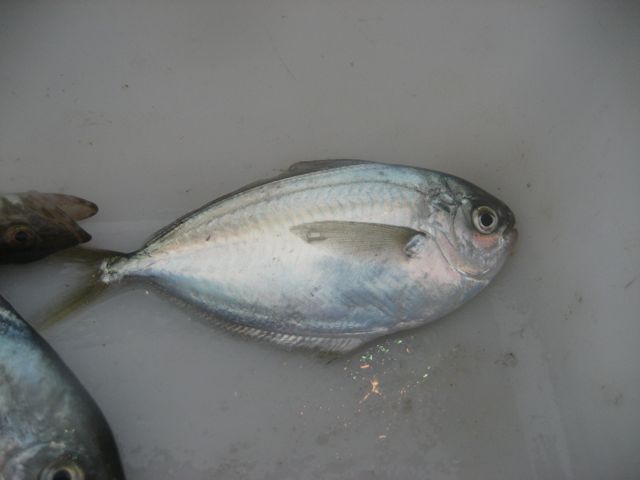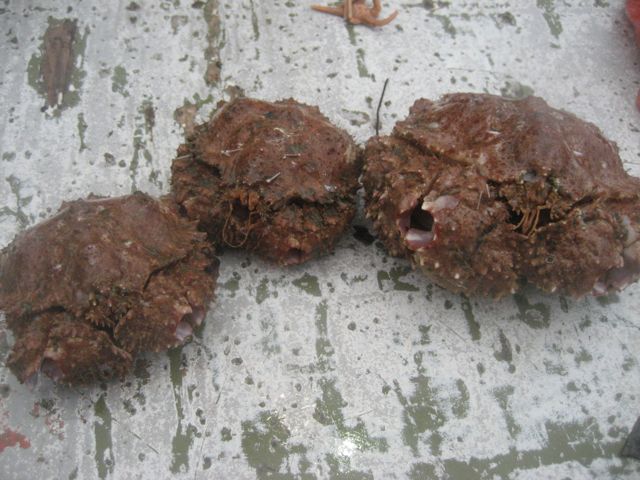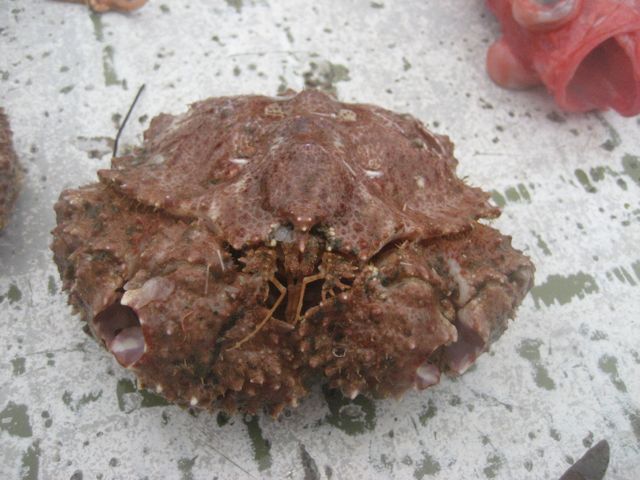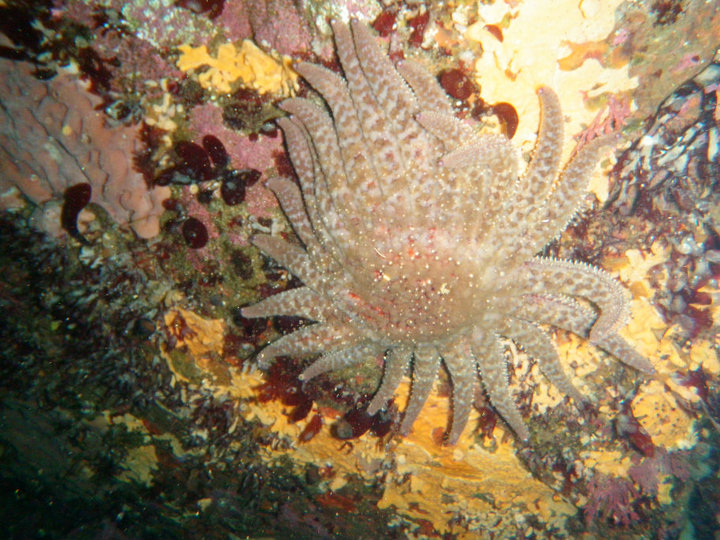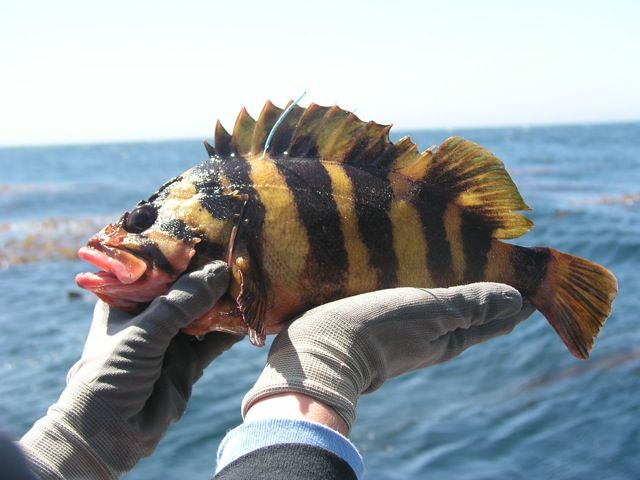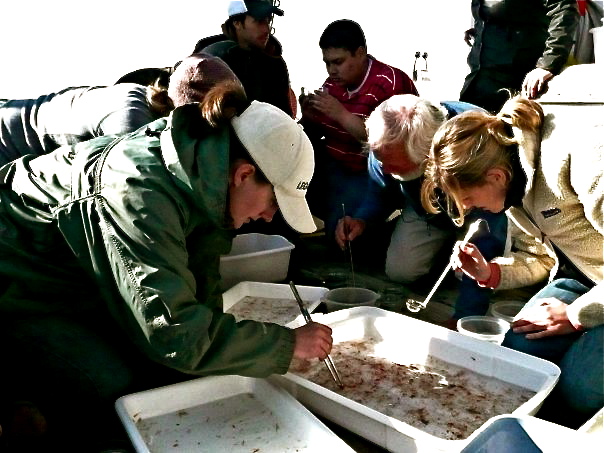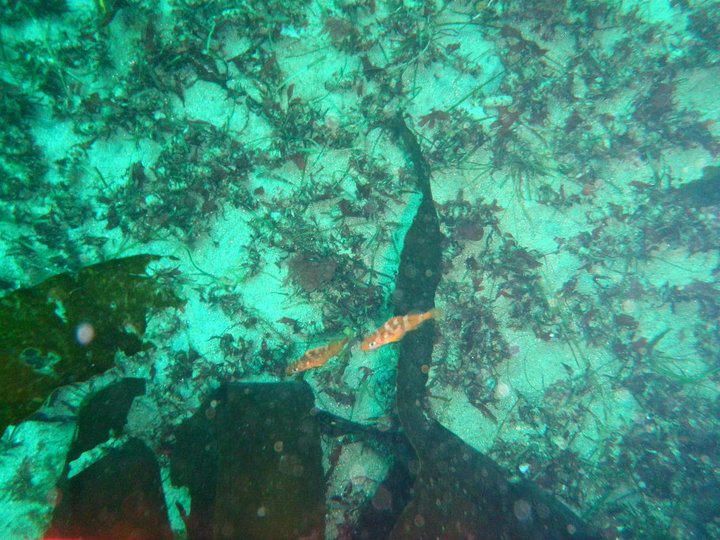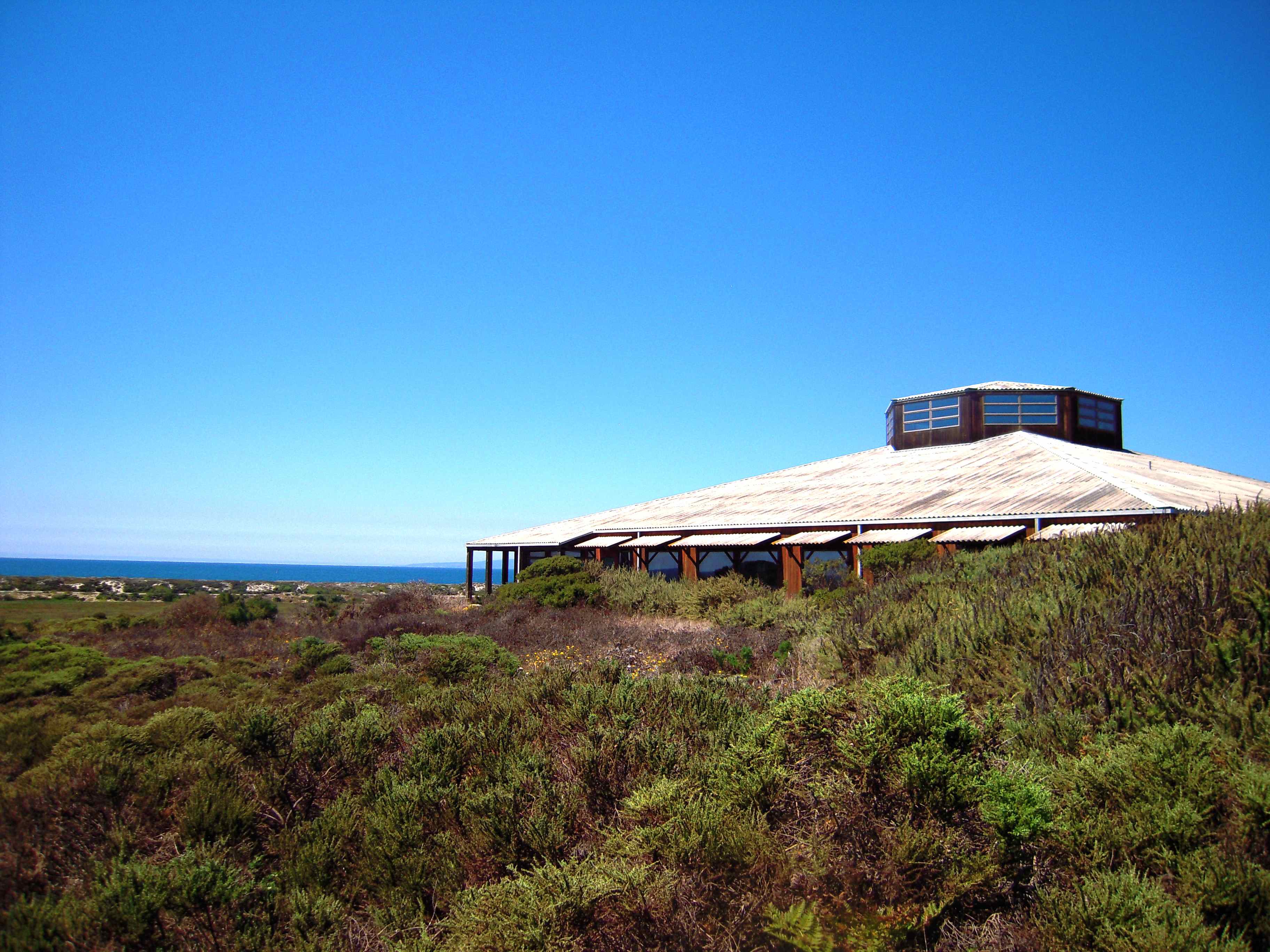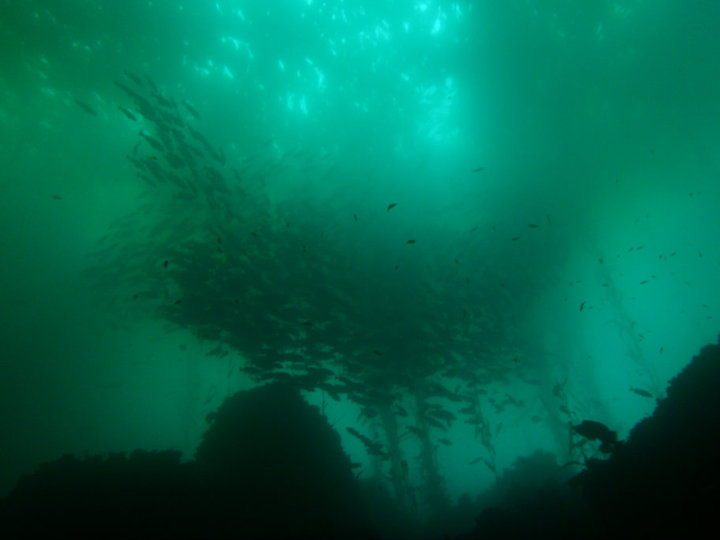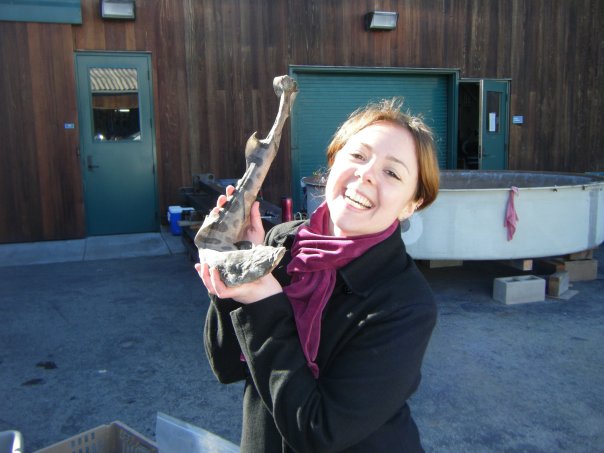
French international student and shark lover Marie Cachera cuddles a leopard shark from the MLML collection. Marie conducted a diet study on the starry skate as part of her Master’s thesis while visiting MLML for five months in 2009. Despite our location in a podunk town, the caliber of research of Moss Landing Marine Labs has attracted scientists and students from all over the world. Read an interview with MLML’s current international student Edem Mahu from Ghana.


